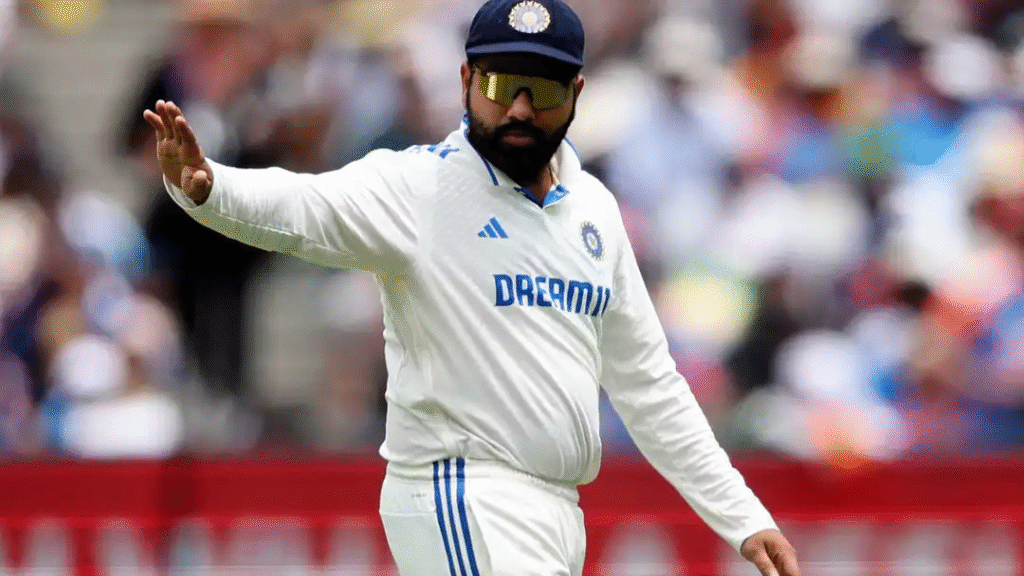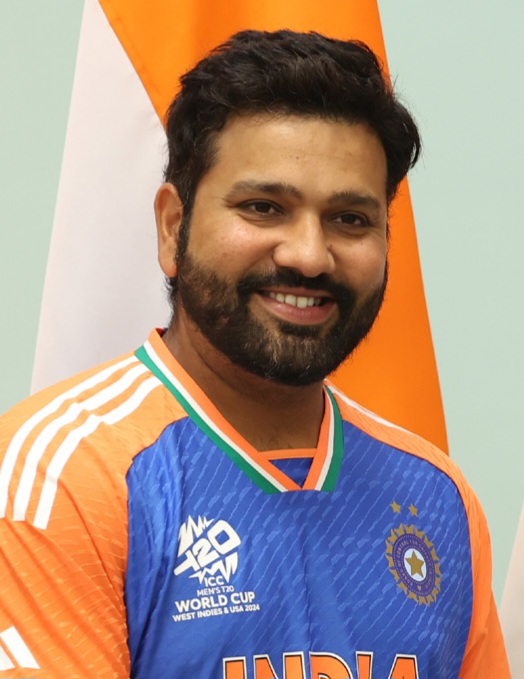
The cricketing landscape in India is undergoing a significant transformation. As the current leader steps down from the helm of the Test team, a new chapter begins—one that promises to redefine the ethos and direction of Indian red-ball cricket. This transition is not merely a change in personnel; it symbolizes a strategic evolution aimed at sustaining excellence in the most challenging format of the game.
The Essence of Test Cricket Leadership
Test cricket, often regarded as the pinnacle of the sport, demands a unique blend of tactical acumen, mental fortitude, and inspirational leadership. The captain’s role transcends on-field decisions; it encompasses setting the team’s cultural tone, managing diverse personalities, and navigating the pressures of international scrutiny. A captain’s influence can shape the team’s identity and performance trajectory for years.
Reflecting on a Legacy
The outgoing captain’s tenure has been marked by resilience, strategic brilliance, and a commitment to excellence. Under his guidance, the team has achieved notable successes, both at home and abroad. His leadership style, characterized by calmness under pressure and a deep understanding of the game’s nuances, has left an indelible mark on Indian cricket.
However, as all great eras conclude, the time has come to usher in new leadership. This transition offers an opportunity to infuse fresh energy and perspectives into the team, ensuring sustained excellence in the international arena.
Criteria for the Next Test Captain
Selecting the next Test captain is a decision of paramount importance. The ideal candidate must embody several key attributes:
- Strategic Insight: An in-depth understanding of the game’s nuances to make informed decisions under pressure.
- Consistent Performance: A track record of reliable contributions with the bat or ball, setting a standard for teammates.
- Leadership Experience: Prior roles in leadership, whether at the domestic or international level, indicating readiness for the responsibilities ahead.
- Communication Skills: The ability to articulate strategies clearly and foster open dialogue within the team.
- Adaptability: A willingness to embrace innovation while respecting the traditions of Test cricket.
Embracing a New Era: The Path Forward
The transition to new leadership is not merely a change in personnel but a strategic move to align with the evolving dynamics of international cricket. It presents an opportunity to reassess team strategies, integrate emerging talents, and reinforce a culture of excellence. The incoming captain will be instrumental in steering the team through upcoming challenges, including overseas tours and the pursuit of championship titles.
Challenges Awaiting the New Leader
Taking charge of one of the most followed cricket teams in the world is an exhilarating yet daunting responsibility. As the new captain gets set to lead India into the next cycle of the World Test Championship, several challenges are apparent.
Overseas Test Success
One of the defining tests for any Indian Test captain is the team’s ability to win away from subcontinental conditions. While recent years have seen notable progress, maintaining that trajectory and converting close contests into series victories in challenging environments remains a major priority.
Nurturing Young Talent
The Test side is at an inflection point where experienced veterans are slowly phasing out, and emerging talents are being inducted. Integrating new players without disturbing the team balance will require strategic squad rotation, mentorship, and patience—all while keeping the team competitive.
Managing Multi-Format Pressures
Modern cricket does not afford Test captains the luxury of format isolation. With several players participating in T20s, ODIs, and leagues around the world, maintaining Test focus amid constant cricketing churn is a herculean task. The new red-ball leader must instill format-specific discipline without compromising on player flexibility.
Maintaining Public Confidence
In a cricket-obsessed nation, the captain becomes a de facto symbol of national pride. Every move is scrutinized, every loss dissected, and every word recorded. The new captain must learn to navigate this intense spotlight while staying true to their leadership philosophy.

The Strategic Shift: Opportunity Over Uncertainty
Change often evokes discomfort, especially when it involves someone as revered as the outgoing Test captain. However, this transition should not be seen through the lens of uncertainty but rather as a rare window of opportunity.
Fresh leadership can bring reinvigorated team energy, newer training methods, improved communication, and most importantly, fresh hunger. With a new face at the helm, even seasoned players tend to reassert themselves, leading to elevated performance.
Additionally, the presence of leadership voices from within the squad ensures continuity. Test cricket, by its very nature, is a team effort—and even the best captains rely on collaborative thinking, mentorship groups, and senior players to craft on-field strategies.
The Broader Implications for Indian Cricket
The naming of a new Test captain isn’t just about the Test team—it echoes across the Indian cricketing ecosystem.
At the grassroots level, it inspires aspirants to dream big. Domestic captains leading state and Ranji sides often model their tactics after the national leader. The new face of Indian Test leadership will indirectly shape how a whole generation of domestic players approach the red-ball game.
For the media and global analysts, the move offers a fresh perspective to discuss Indian cricket’s growth trajectory. How the captain manages match situations, post-match communications, or strategic boldness can influence India’s perception as a red-ball powerhouse.
In the dressing room, the change fosters a reset button. Personal dynamics shift. Ideas flow more freely. Competition for places intensifies. And with the Test format placing a premium on character and discipline, such change can produce extraordinary results.
A Cultural Evolution in Progress
Indian cricket has always balanced tradition with innovation. The change in Test leadership, when placed in this context, is part of a larger cultural evolution that’s already underway.
From fitness regimens and psychological coaching to data-driven analysis and player workload management, Indian Test cricket has embraced the tools of modern sports science. The new leader, ideally, should be at the forefront of this evolution—open to learning, questioning norms, and raising the bar.
More than anything, the new captain must advocate for the relevance of Test cricket in an era increasingly dominated by shorter formats. By leading with passion, articulating the value of Test wins, and celebrating the format’s unique challenges, they can ensure that red-ball cricket remains an aspirational goal for young Indian cricketers.
Conclusion
Transitions of this scale are rare in Indian cricket. While there will always be discussions, disagreements, and what-ifs, it is essential to view this phase through a long-term lens. The selectors have an unenviable job ahead—choosing not just a cricketer, but a statesman for the format.
Whoever is entrusted with this monumental responsibility will carry not just the burden of expectations, but the honor of leading a cricketing tradition steeped in excellence. It is a defining moment—not just for the individual, but for Indian cricket.
With thoughtful decision-making, collective belief, and a clear roadmap, this could very well be the start of a glorious new chapter.

